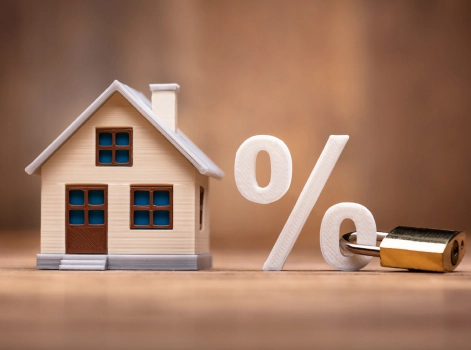Updated: 10 Jul, 2024
At the height of the COVID-19 pandemic, around 500,000 mortgage repayments (1 in 11 mortgage holders) were deferred. Six months later, almost half (45%) of all deferred mortgages have resumed repayments, based on data collected by the Australian Banking Association from seven of Australia’s largest banks. In just the past month alone, more than 130,000 mortgages resumed their mortgage repayments as customers came to the end of their 6-month deferral. “This is a good sign for the economy. It shows that more Australians are getting back on their feet and resuming their loan repayments”, said ABA’s Chief Executive, Anna Bligh.
More than half of all the paused mortgages yet to resume their repayments
On the other hand, there are still around 270,000 mortgags (55% of deferred mortgages) who have yet to resume their repayments. The ABA has on multiple occasions stressed that it’s “…really important that people contact their bank to figure out the path ahead. The earlier you speak to your bank, the more options they have to help you find a way through”. This is because borrowers still have the option to restructure their mortgage either by extending the loan term or temporarily switching to interest-only payments so as to lower their repayments. Or in some cases, extend their mortgage deferral by another four months. Even if you are in financial difficulty and unable to make repayments, please contact your bank’s hardship department and make a hardship request. It is in both yours and the bank’s interest that you find a way through.
About 15% are unlikely to be able to afford their mortgage repayments
The Reserve Bank of Australia in its recent Financial Stability Review noted that “… about 15 per cent of deferred loans are at greatest risk of not being able to resume repayments when the deferral period ends.” The report further notes while many borrowers will be able to restructure their mortgage, some borrowers may need to sell their property to repay their debt.
An expected increase in urgent or distressed property sales
The RBA review goes on to note that the share of borrowers in home loan arrears could reach around 2 per cent if unemployment reaches 10 per cent. This would almost double the current rate of home loan in arrears. In a similar vein, Westpac’s chief economist estimated that around 60,000 urgent or distressed sales could take place around March 2021 which could be enough to pull downward pressure on property prices particularly in areas where there are clusters.
What to do if worse comes to worst
While selling your property is an option of last resort and maybe the hardest decision to make, nonetheless, you should consider selling your property if you’re facing significant hardship making your mortgage repayments and do not see your income level changing over the near term. This is because it’s much better to try and sell the property before banks start legal proceedings against you as you’re more likely to get a better price for your home as well as avoid lots of legal costs than having the bank sell the property for you. Moreover, you may be able to go back to the lender and negotiate a further arrangement on the basis that you are selling your home. For that, banks will want to see some evidence that you’re selling your home such as a contract of sale with your real estate agent, marketing plan for selling the home etc.
Talk to your mortgage broker or bank
If you’re a customer of Home Loan Experts and would like to discuss your options after the mortgage deferral ends, we strongly recommend that you speak to your mortgage broker. You can call us on 1300 889 743 or directly email your mortgage broker. If you’re not a Home Loan Experts customer, we strongly recommend that you speak with your bank directly.









